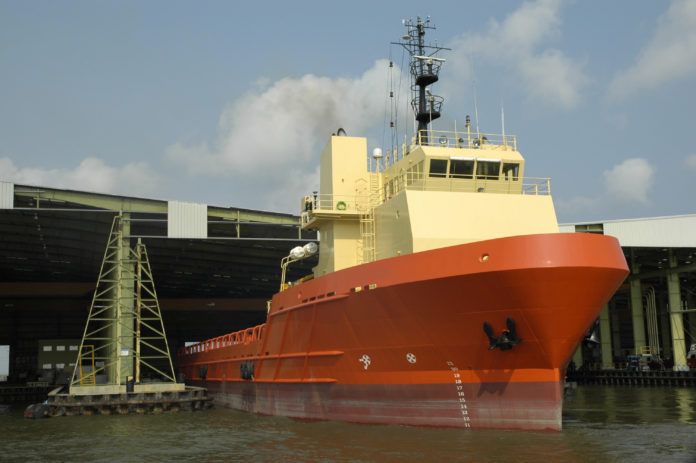It may be 2023 before the offshore support vessel sector in the Gulf of Mexico begins to improve, a leading offshore analyst tells Riviera Maritime Media.
In a story published over the weekend, the maritime news agency notes that the economic and energy demand destruction caused by the global pandemic further weakened an already fragile market.
VesselsValue head of offshore Robert Day tells Riviera that the “old market fundamentals” the OSVl market faced in the Gulf of Mexico—namely an oversupply of vessels—still needs to be addressed.
“Covid-19 has amplified this, with too many boats, chasing even less work than at the start of the year,” he tells Riviera. “The effects of the last 10 months will be felt for the next 18 months to two years, so we may begin seeing a sustained and quantifiable improvement in about 2022-2023.”
A September report by VesselsValue—an online vessel valuation system for the shipping industry—notes 576 OSVs, 142 offshore construction vessels (OCVs) and 53 mobile offshore drilling units are active in the U.S. Gulf of Mexico, representing utilization rates of 59%, 60% and 78%, respectively. According to VesselsValue, those utilization levels for OSVs and OCVs are the worst of any major regional offshore oil and gas market. In its report, VesselsValue noted 407 OSVs, 95 OCVs and 15 MODUs laid up.
Edison Chouest Offshore in Cut Off, Louisiana, has the largest number of offshore vessels globally, with some 211, valued in excess of $1.2 billion, Riviera reports. Of those, some 148, or 70%, are operating in the Gulf.
Among the other major U.S.-based offshore vessel owners, Tidewater, GulfMark Offshore, Harvey Gulf International Marine and now Hornbeck Offshore Services have all successfully emerged from Chapter 11 bankruptcy on stronger financial footings.



